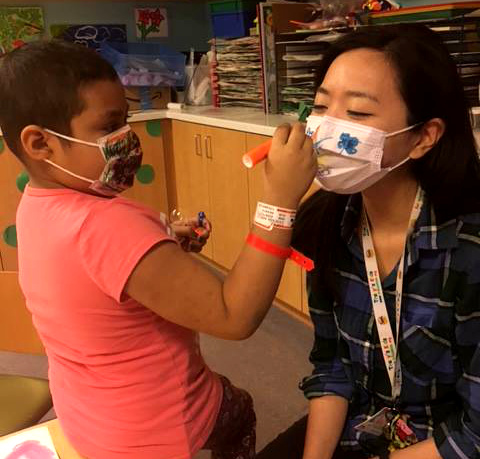Art therapists are master-level clinicians who work with people of all ages across a broad spectrum of practice. Guided by ethical standards and scope of practice, their education and supervised training prepares them for culturally proficient work with diverse populations in a variety of settings. Honoring individuals’ values and beliefs, art therapists work with people who are challenged with medical and mental health problems, as well as individuals seeking emotional, creative, and spiritual growth.
WHERE ART THERAPISTS WORK
Art therapists work with individuals, couples, families, and groups in diverse settings. Some examples include:
- Hospitals
- Schools
- Veteran’s clinics
- Private practice
- Psychiatric and rehabilitation facilities
- Community clinics
- Crisis centers
- Forensic institutions
- Senior communities
HOW ART THERAPY WORKS
Through integrative methods, art therapy engages the mind, body, and spirit in ways that are distinct from verbal articulation alone. Kinesthetic, sensory, perceptual, and symbolic opportunities invite alternative modes of receptive and expressive communication, which can circumvent the limitations of language. Visual and symbolic expression gives voice to experience and empowers individual, communal, and societal transformation.
INACCURATE USE OF TERM ‘ART THERAPY’
Inaccurate use of “art therapy” often occurs due to a lack of knowledge about the profession. Such instances provide an opportunity to offer accurate information and educate the public. It is with this in mind that the AATA encourages outreach to individuals and/or companies that may be found to inaccurately categorize activities (such as trainings that are offered by non-art therapists) or products (such as adult coloring books) as “art therapy.”

